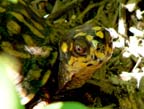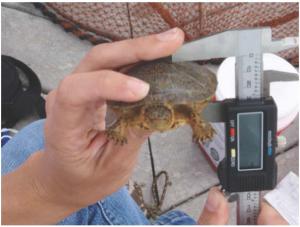 Why are western pond turtle populations declining? The focus has been on habitat decline and competition from non-native red-eared sliders. Recently, researchers from University of California at Davis, California Department of Fish and Wildlife and US Fish and Wildlife Service teamed up for the first study of western pond turtle diseases.
Why are western pond turtle populations declining? The focus has been on habitat decline and competition from non-native red-eared sliders. Recently, researchers from University of California at Davis, California Department of Fish and Wildlife and US Fish and Wildlife Service teamed up for the first study of western pond turtle diseases.
They found that both the western pond turtles, and the red-eared sliders carried a virus known to cause respiratory infections, especially in southern California. They also found that the turtles were free of herpesvirus, ranavirus and the bacteria salmonella.
Read more about the study on the CDFW Wildlife Investigations Lab blog, here. It includes a link to the abstract of the journal article about the study.
Photo: A western pond turtle is being measured as part of a collaborative study to examine their health. (Photo courtesy of C. Silbernagel, UC Davis)

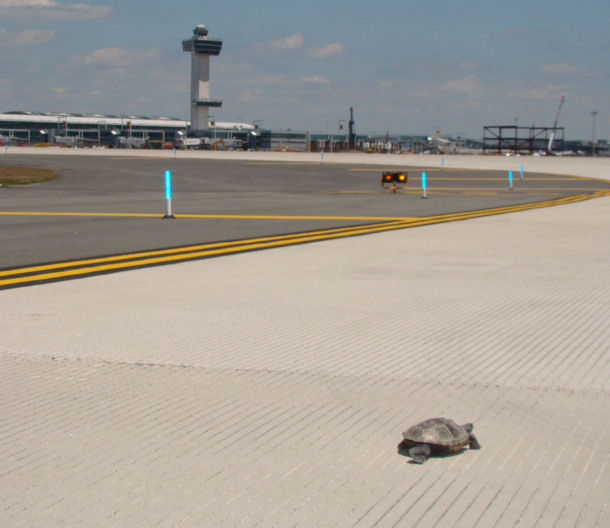 Sure, you know all about roads and wildlife, but roads are not the only place that wildlife and human infrastructure can do bad things to each other. Two recent stories point out some of the more unusual ways that wildlife influences modern life, and how our modern structures influence the survival of wildlife. (Although that sounds so serious. One of these stories is “cute,” and the other has been mostly reported as “cute.”)
Sure, you know all about roads and wildlife, but roads are not the only place that wildlife and human infrastructure can do bad things to each other. Two recent stories point out some of the more unusual ways that wildlife influences modern life, and how our modern structures influence the survival of wildlife. (Although that sounds so serious. One of these stories is “cute,” and the other has been mostly reported as “cute.”)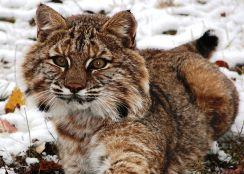 – Ohio Department of Natural Resources is studying how and why bobcats have returned to the state, by tracking 21 collared bobcats,
– Ohio Department of Natural Resources is studying how and why bobcats have returned to the state, by tracking 21 collared bobcats, 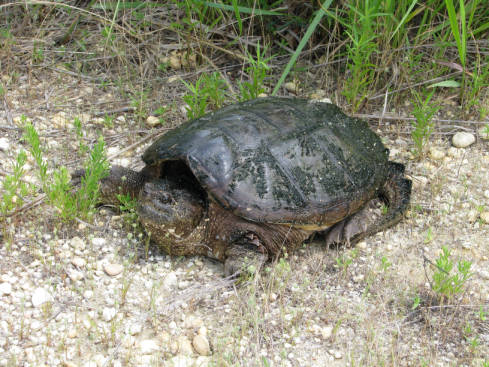 All over the Internet, on
All over the Internet, on 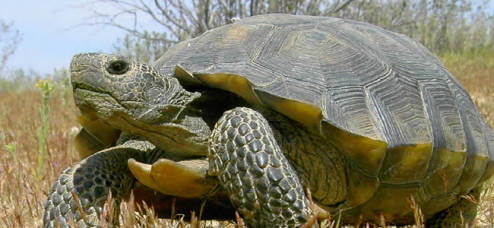 For decades, captive tortoises have suffered from a mysterious ailment known as “upper respiratory tract disease.” The disease was known in captive tortoises in Europe and the United States, according to
For decades, captive tortoises have suffered from a mysterious ailment known as “upper respiratory tract disease.” The disease was known in captive tortoises in Europe and the United States, according to 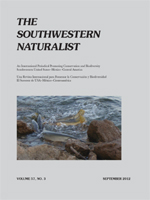
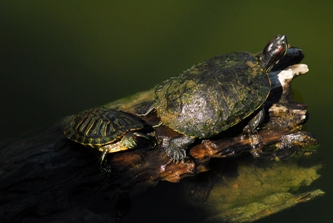 The Phoenix Zoo has been trying to get rid of the non-native turtles in the pond in the park near its entrance since 1999. The number of turtle species not native to Arizona found in the pond had declined over the last 13 years, but this year there was an increase. 142 non-native turtles were trapped, including 139 pond sliders, one spiny softshell, one painted turtle, and one eastern redbelly turtle.
The Phoenix Zoo has been trying to get rid of the non-native turtles in the pond in the park near its entrance since 1999. The number of turtle species not native to Arizona found in the pond had declined over the last 13 years, but this year there was an increase. 142 non-native turtles were trapped, including 139 pond sliders, one spiny softshell, one painted turtle, and one eastern redbelly turtle.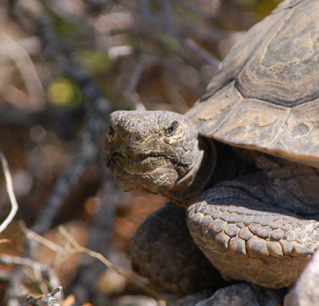 Which is more important, to save the global environment or to protect a particular ecosystem?
Which is more important, to save the global environment or to protect a particular ecosystem?